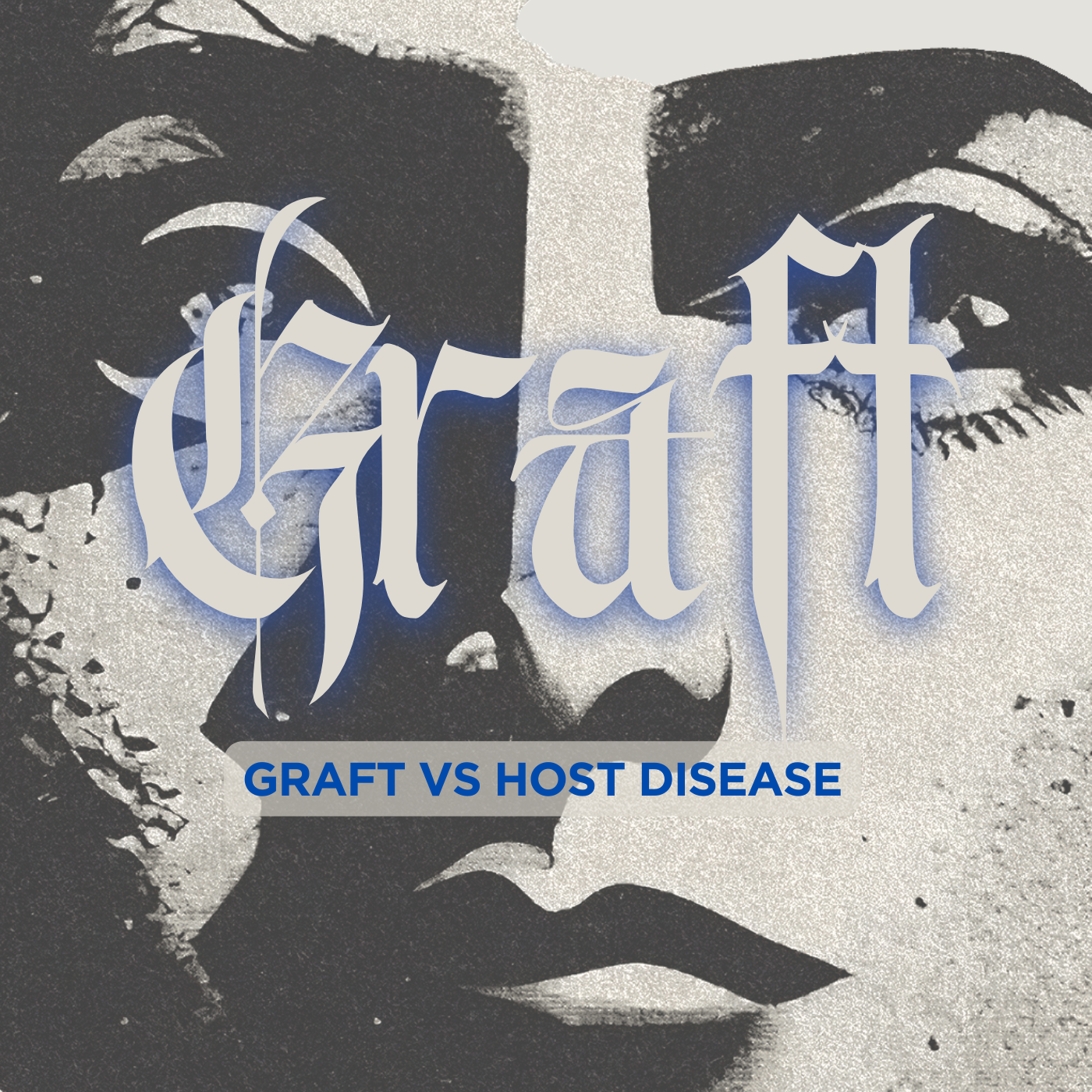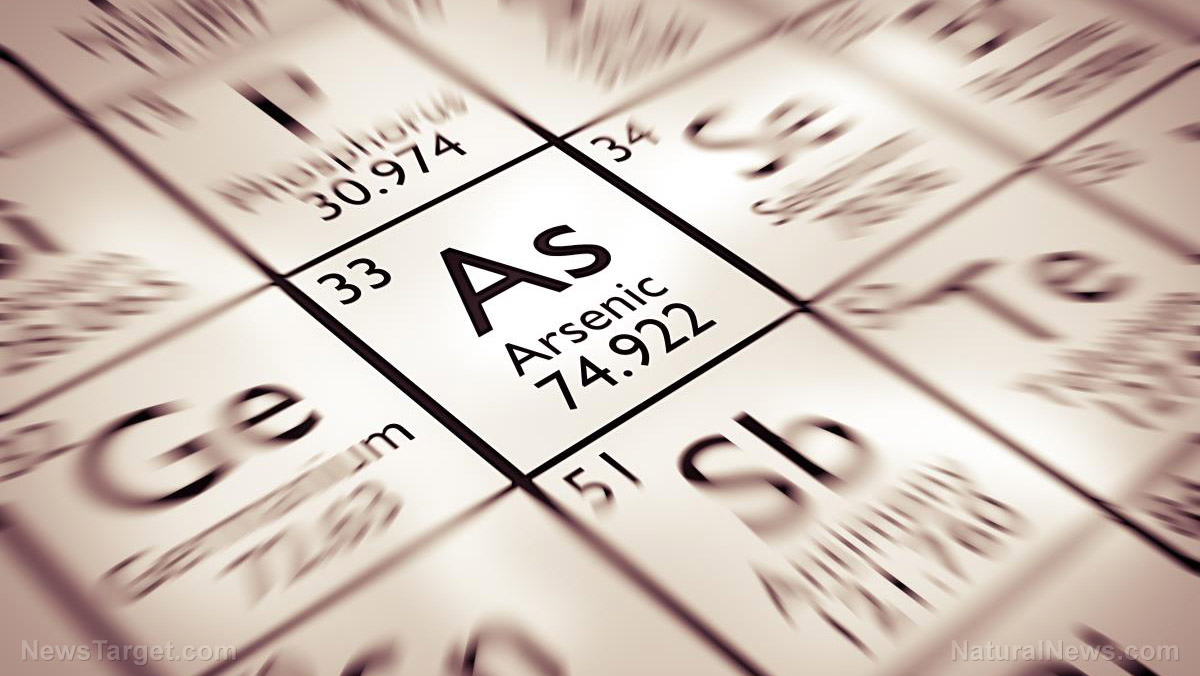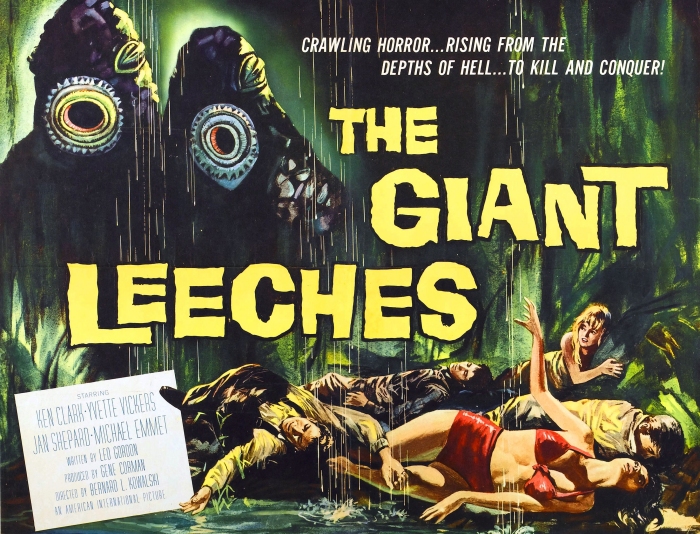Arsenic: The Element of Surprise (and Murder)
Let’s dive into the sordid history of arsenic, the “King of Poisons” and the “Poison of Kings.” Our story begins in ancient times, when alchemists were busy trying to turn lead into gold. Little did they know, they were playing with fire – or rather, arsenic. Thes
Maculopapular rash is seen in graft-versus-host disease (GVHD)
A maculopapular rash is a type of rash characterized by a flat, red area on the skin that is covered with small confluent bumps. It may only appear red in lighter-skinned people. The term “maculopapular” is a compound: macules are small, flat discolored spots on the surface of the
Albumen prints and egg whites…all the rage back in the day…and a few other things
The albumen print, also called albumen silver print, was published in January 1847 by Louis Désiré Blanquart-Evrard, and was the first commercially exploitable method of producing a photographic print on a paper base from a negative. It used the albumen foun
In Chinese alchemy, elixir poisoning refers to the toxic effects from elixirs of immortality that contained metals and minerals such as mercury and arsenic
In Chinese alchemy, elixir poisoning refers to the toxic effects from elixirs of immortality that contained metals and minerals such as mercury and arsenic. The official Twenty-Four Histories record numerous Chinese emperors, nobles, and&nb
Cold-Food Powder or Five Minerals Powder, poisonous psychoactive drug popular during the Six Dynasties (220–589) and Tang dynasty (618–907)
Cold-Food Powder (Chinese: 寒食散; pinyin: hánshísǎn; Wade–Giles: han-shih-san) or Five Minerals Powder (Chinese: 五石散; pinyin: wǔshísǎn; Wade–Giles: wu-shih-san) was a poisonous psychoactive drug popular du
Embalming syringe set, London, England, 1790-1820
Description The embalming set consists of two brass syringes and accompanying accessories. It sits in a purple velvet lined wooden box. It was made between 1790 and 1820 by London-based surgical instrument makers, Laundy. Embalming syringes preserved the body by injecting chemicals such as arsenic o
Supergene (geology) and something called gossan cap
In ore deposit geology, supergene processes or enrichment are those that occur relatively near the surface as opposed to deep hypogene processes. Supergene processes include the predominance of meteoric water circulation (i.e. water derived from prec
What Is Metalloproteinase?
Metalloproteinase – the name alone screams “I’m here to ruin everything” – is a feral pack of enzymes armed with metal claws (zinc, mostly, because it’s the shiniest weapon in the elemental arsenal) that shred proteins like they’re auditioning for a slasher flick. These molecul
Arsenic Etymology
arsenic (n.) late 14c., “yellow arsenic, arsenic trisulphide,” from Old French arsenic, from Latin arsenicum, from late Greek arsenikon “arsenic” (Dioscorides; Aristotle has it as sandarake), adapted from Syriac (al) zarniqa “arse
Arsenic at Wellcome Collection
539 Results for “arsenic” Arsenic in drinking water / Subcommittee on Arsenic in Drinking Water, Committee on Toxicology, Board on Environmental Studies and Toxicology, Commission on Life Sciences, National Reseach Council. National Research Council (U.S.). Subcommittee on Arsenic in Dri
Leeches at Wellcome Collection
61 Results for “Leeches” A fierce battle between the supporters of John Brown (Bruno), in favour of treatment with stimulants, and those of F.J.V. Broussais, in favour of bloodletting. Pen drawing.Reference24101i Pictures Online Exposé de l’état actuel de nos connaissances et obs










